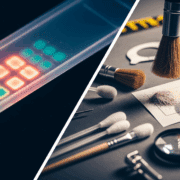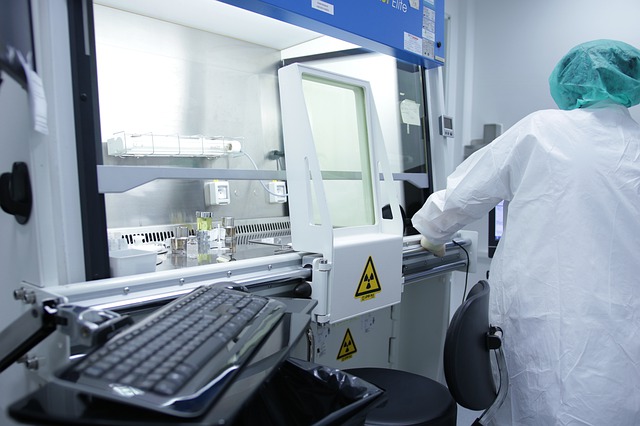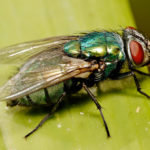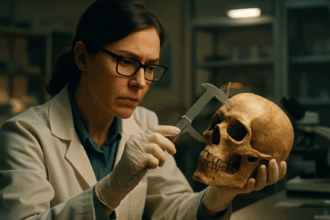Skin cells and their DNA DNA, or Deoxyribonucleic Acid, is the genetic material found in cells, composed of a double helix structure. It serves as the genetic blueprint for all living organisms. Read Full Definition varies between individuals, but new data
DNA, or Deoxyribonucleic Acid, is the genetic material found in cells, composed of a double helix structure. It serves as the genetic blueprint for all living organisms. Read Full Definition varies between individuals, but new data Information in analog or digital form that can be transmitted or processed. Read Full Definition shows that some groups of people have higher variability in their cell deposits. The South Australian forensic science
Information in analog or digital form that can be transmitted or processed. Read Full Definition shows that some groups of people have higher variability in their cell deposits. The South Australian forensic science
The latest research, ‘DNA deposited in whole thumbprints’ (just published in Forensic Science International: Genetics), further studies inter-variation of DNA shedding obtained from experiments on samples gathered from 10 different people and 30 of their thumbprints.“The first challenge at a scene is finding touch DNA, which is why we have developed an accurate special aerosol fluorescent dye ‘marker’,” says Professor Adrian Linacre, who leads Flinders University’s forensic DNA technology research group.“A further challenge is evaluating the value of the evidence
The study used a nucleic acid binding dye that shows the number of cells deposited when a person touches an object.
“Our work leads to more reliable touch DNA collection methods, which can be key in forensic casework,” says Professor Linacre.
“We look forward to producing more accurate methods and informative research to help forensic scientists to fulfil their roles in a challenging environment.”
Journal Reference: Todd Kaesler, K. Paul Kirkbride, Adrian Linacre. DNA deposited in whole thumbprints: A reproducibility study. Forensic Science International: Genetics, 2022; 58: 102683 DOI: 10.1016/j.fsigen.2022.102683









